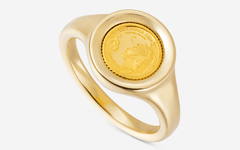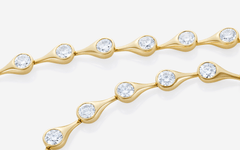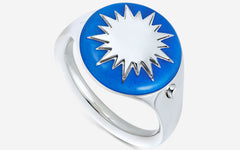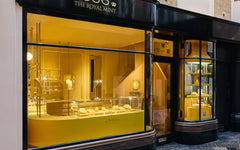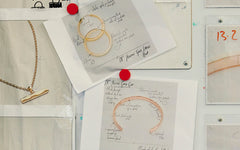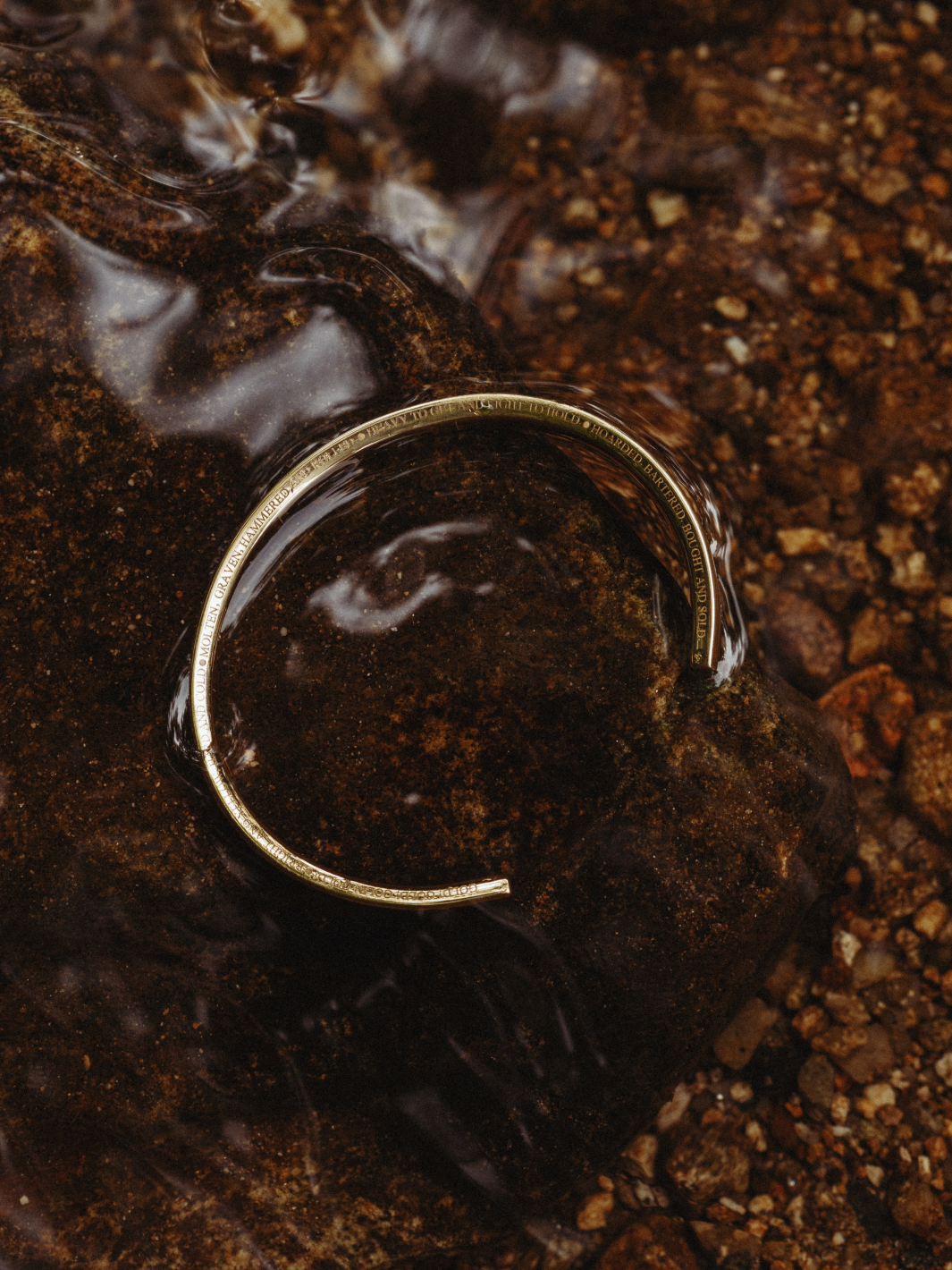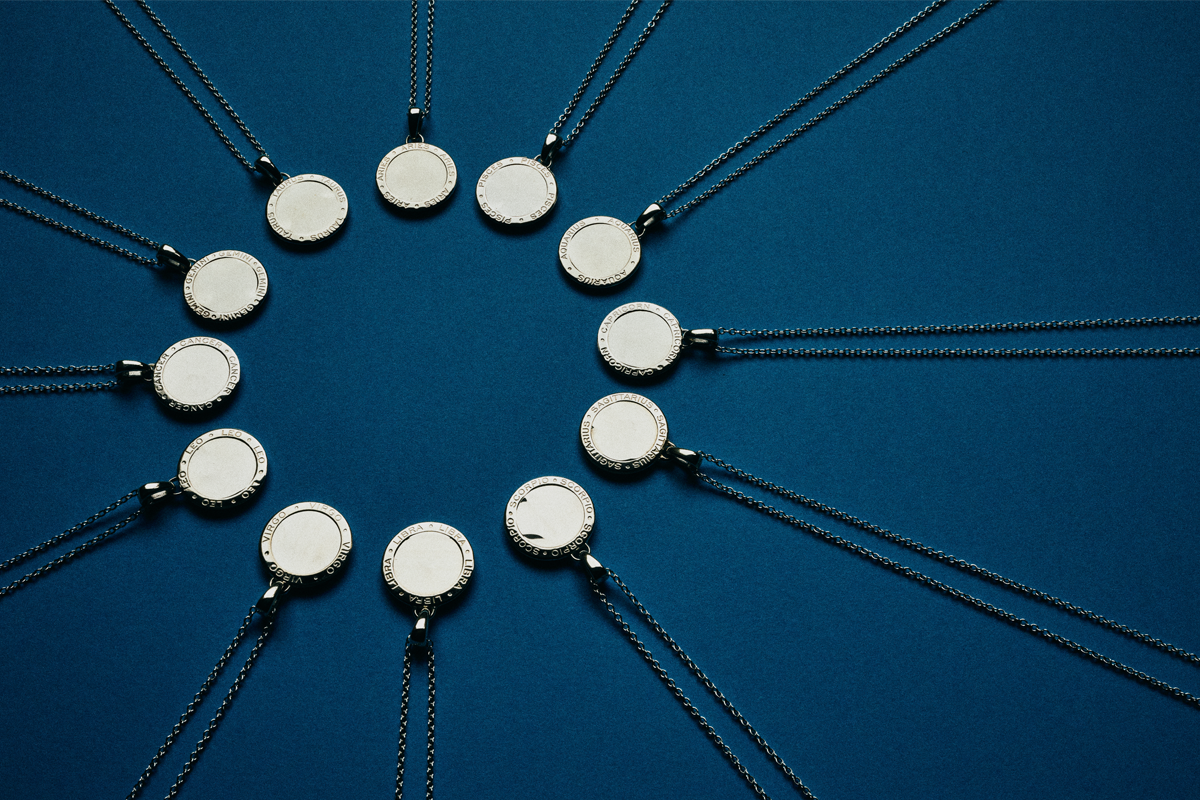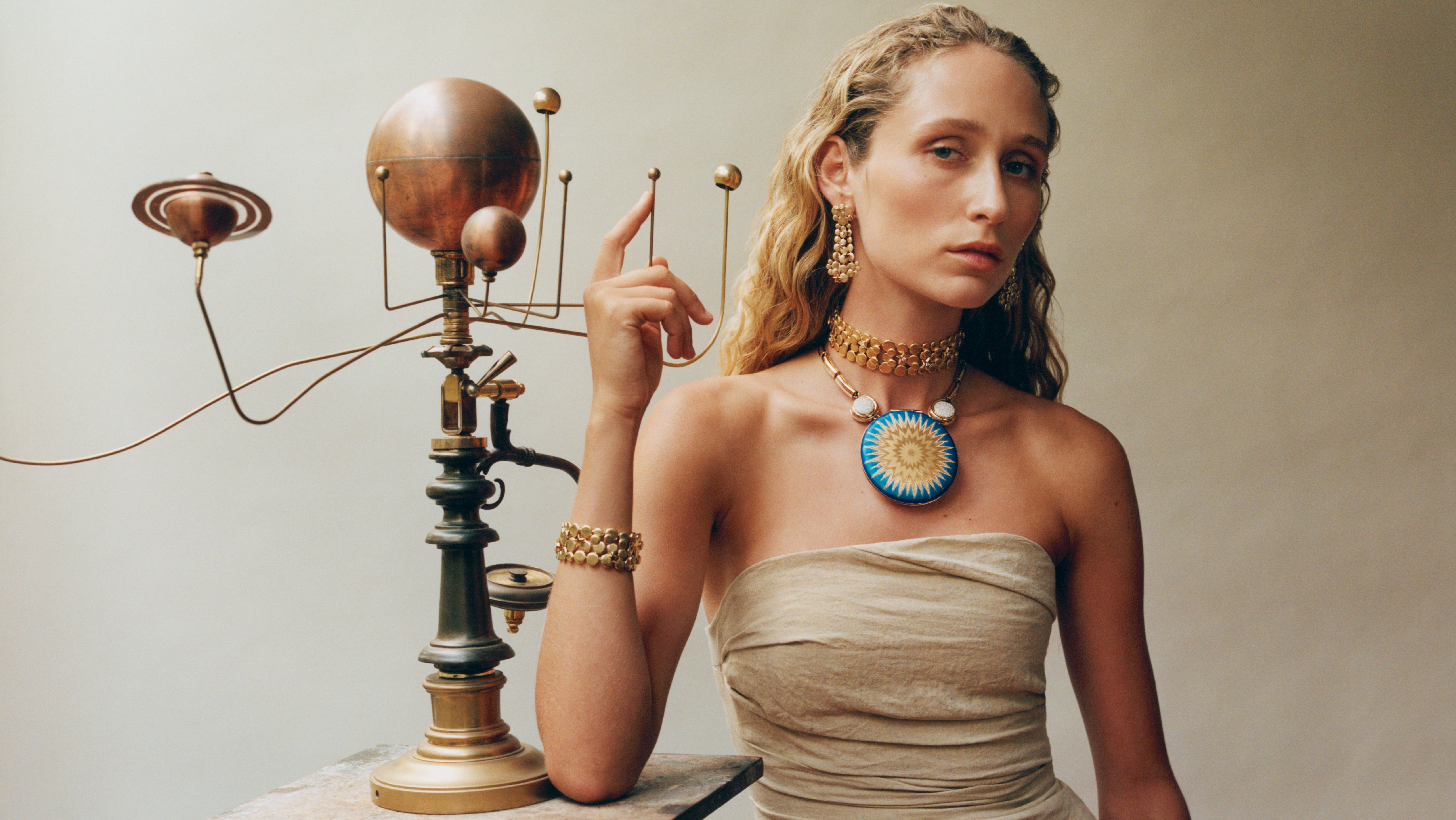Dominic: Now, do you classify yourself as a model and a choreographer?
Katya: I think I’d classify myself as a movement artist and a model.

Dominic: How do you think that the skills translate from contemporary dance into modern modelling?
Katya: I think movement really complements modelling because when you are on set, you have all of these amazing aspects that have had such depth of thought put into them, like the jewellery, the clothes, the lighting, the photographer, all these things that make up a set. If you have a model that understands movement, they can look at the piece that you're presenting and see the detail, see the form, the shape, the way it looks in a certain light. And what I like to do is try and copy and imitate those modalities and put them in my body. So you almost become a part of these beautiful objects rather than just wear them. You can add another scale to the landscape of art that all of these different people have come together to create.
Dominic: You know how to hold yourself as well, so you’re more aware of your body than perhaps another model that doesn’t dance.
Katya: I like to look at each job as a puzzle coming together and how I as the model can elevate what's going on, and not just stand there and pose, but really move with all the aspects of the art that is happening around me and that I'm wearing. That way, it doesn't become a flat image; it has shape and life in it: feeling, movement and emotion.

Dominic: One of the approaches that I take with my jewellery is that I have a base technique in tradition, and have the skill set of knowing how to make something from a traditional craftsmanship point of view. This historic point of view then allows to me rework these skills with a modern flavour, using a technique and elevation that are unique to me.
Katya: That’s such a mirror of what I’ve done with classical ballet and the foundations of my training, and then how I’ve added contemporary flavours and all the littles pieces that I have looked at and liked or not liked along the way.

Dominic: How old were you when you first started dancing?
Katya: When I first started, I was 11, so actually quite late to start dancing, considering most young people start when they’re five or six. It was in Sydney - a group of our friends were doing this quite unique form of dancing called Physical Culture - we call it Physie out there. My sister started doing it with her friends, and then I went and watched and said, I'm definitely going to do that. And then from there, the teachers said I should start jazz and ballet. And that's how I found the world of movement through a little Australian dance called Physie.
Dominic: And you were born in England?
Katya: I was born in England and I moved to Australia when I was five. I grew up there on the northern beaches, but was back and forth a lot between London and there, which made life quite exciting as I got to travel. The world felt quite small, in a nice way, from early on because I was getting to do international travelling. I lived in England, Autralia and Denmark and was studying, then freelance choreographing and putting on short term works for a couple of years. And then during the pandemic, I went back to Sydney and founded my contemporary dance company, Configuration Co.
Dominic: How do you describe your personal style of dance?
Katya: The movement that feels most natural to me is when I'm improvising. It was an interesting process for me, going from full time dance training where we were doing set classes and set routines, 6 to 10 hours six days a week for years. And now that I've stopped doing it full time, I find that dance comes to me when I least expect it, and it's not so much of a forced practice. When I do move these days, it feels a lot more organic. I think the more you improvise and the more you move, every single time you're sort of levelling up this internal knowledge of how your body works. It's just the most natural thing to me.
